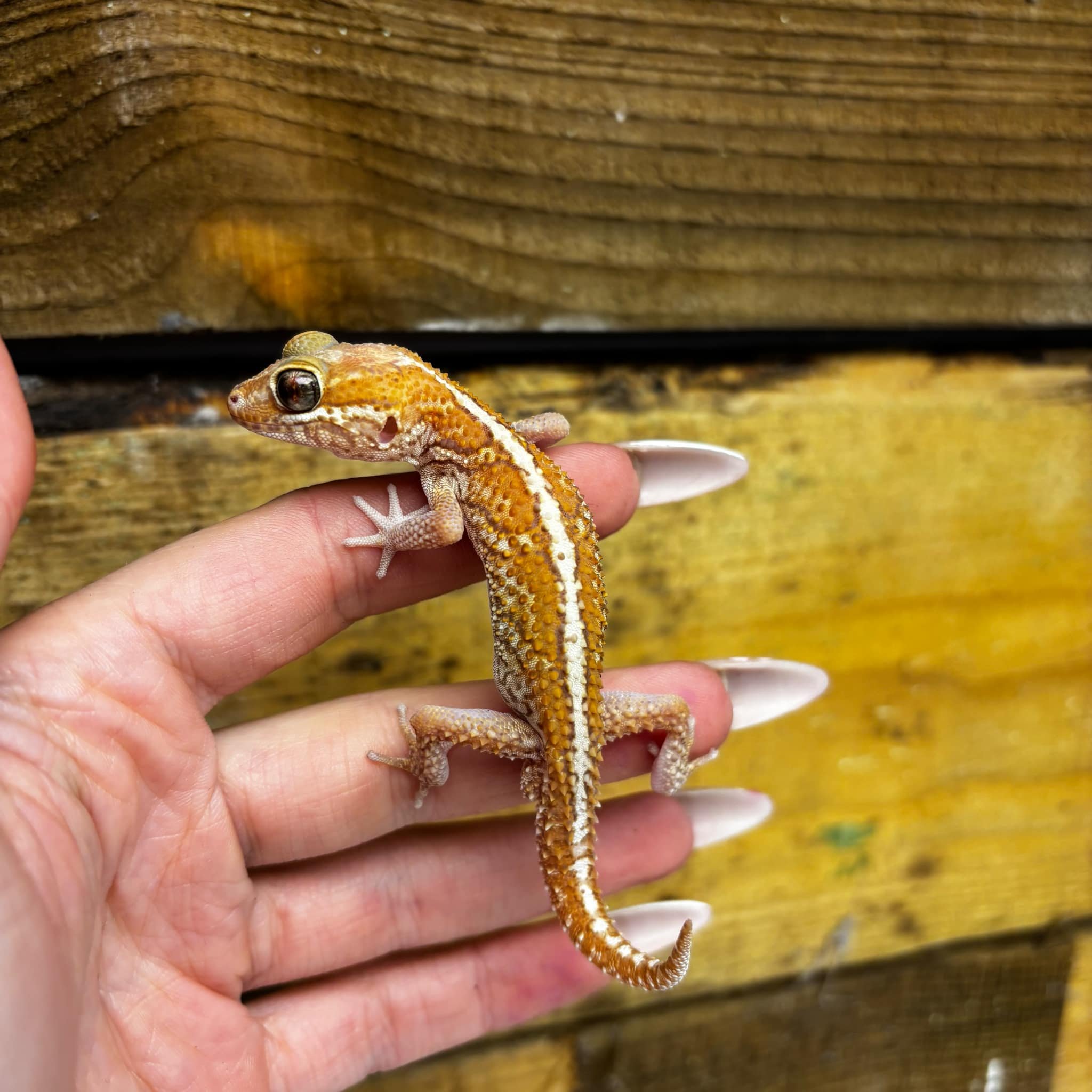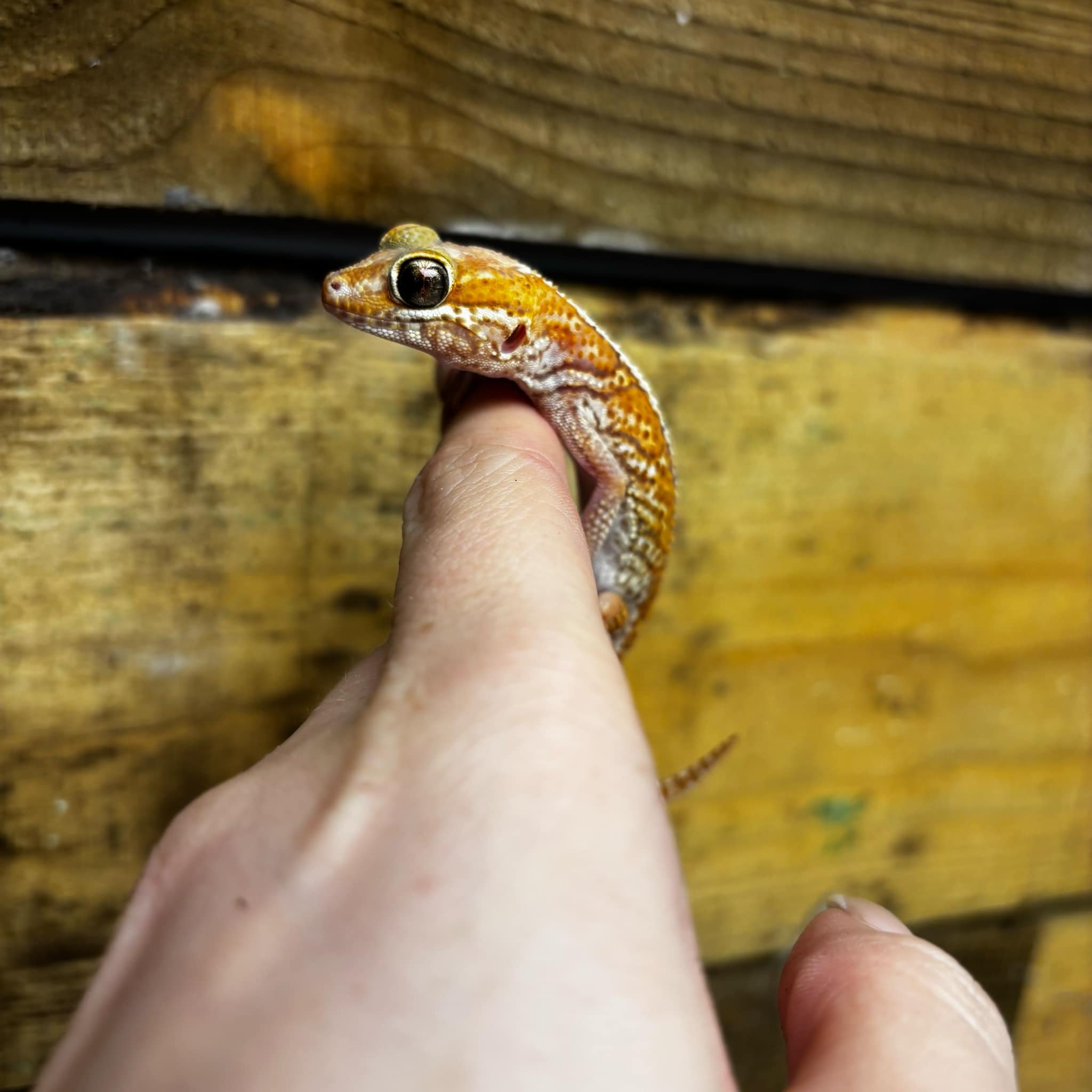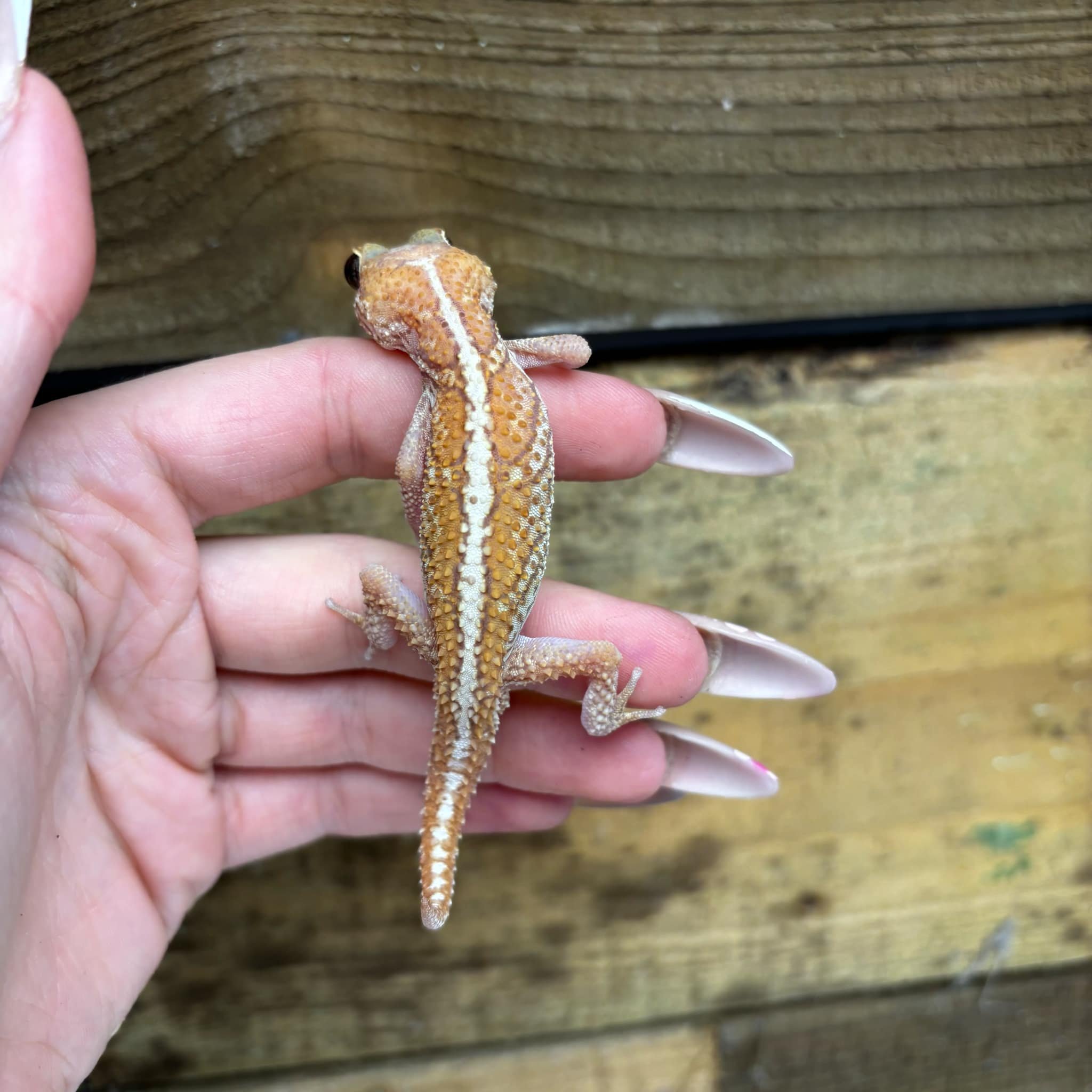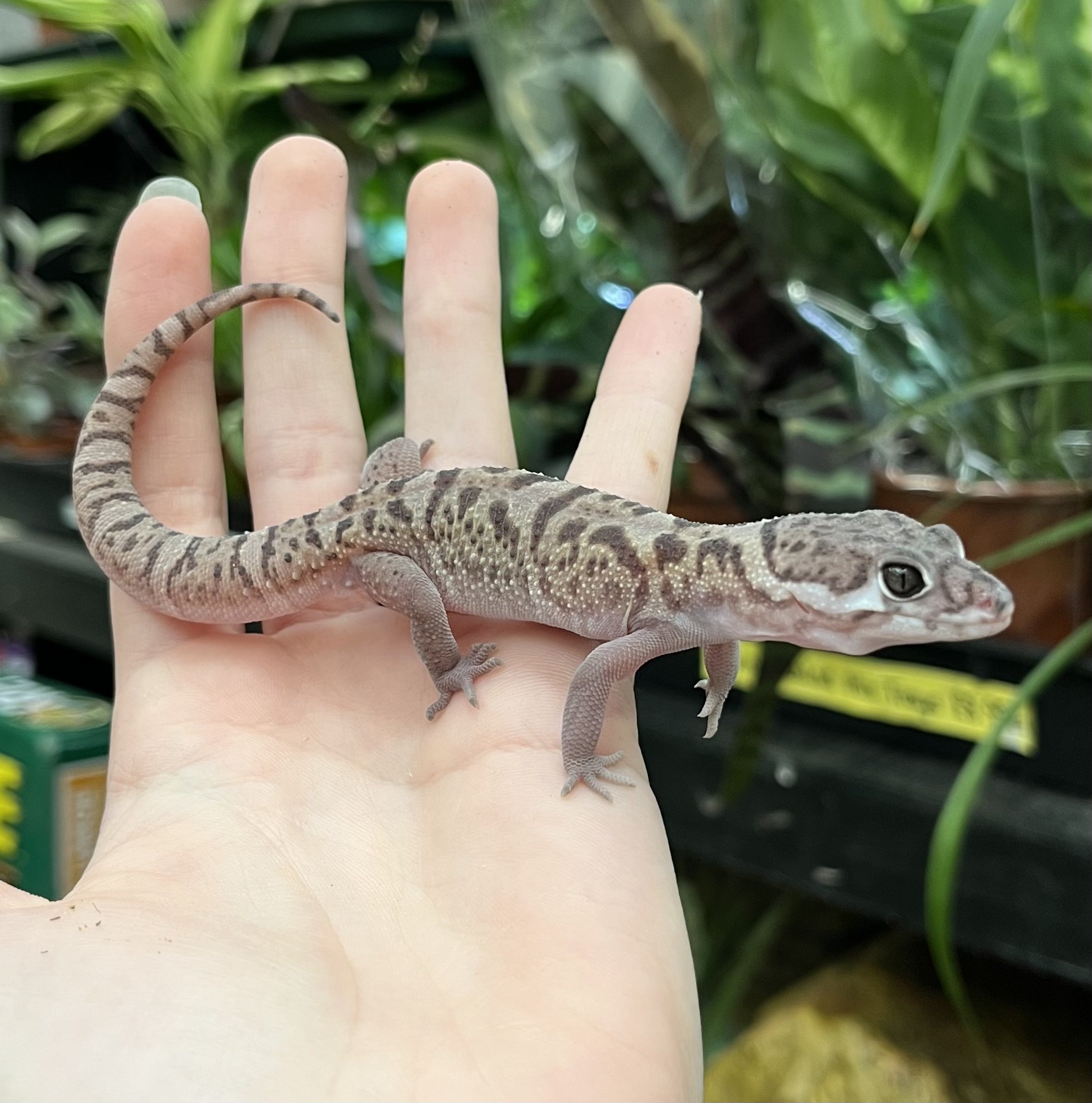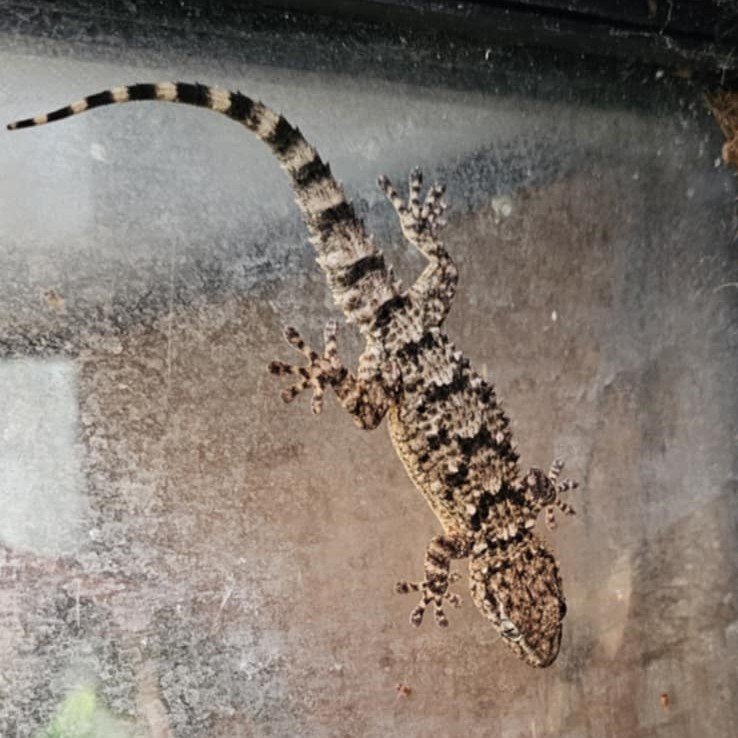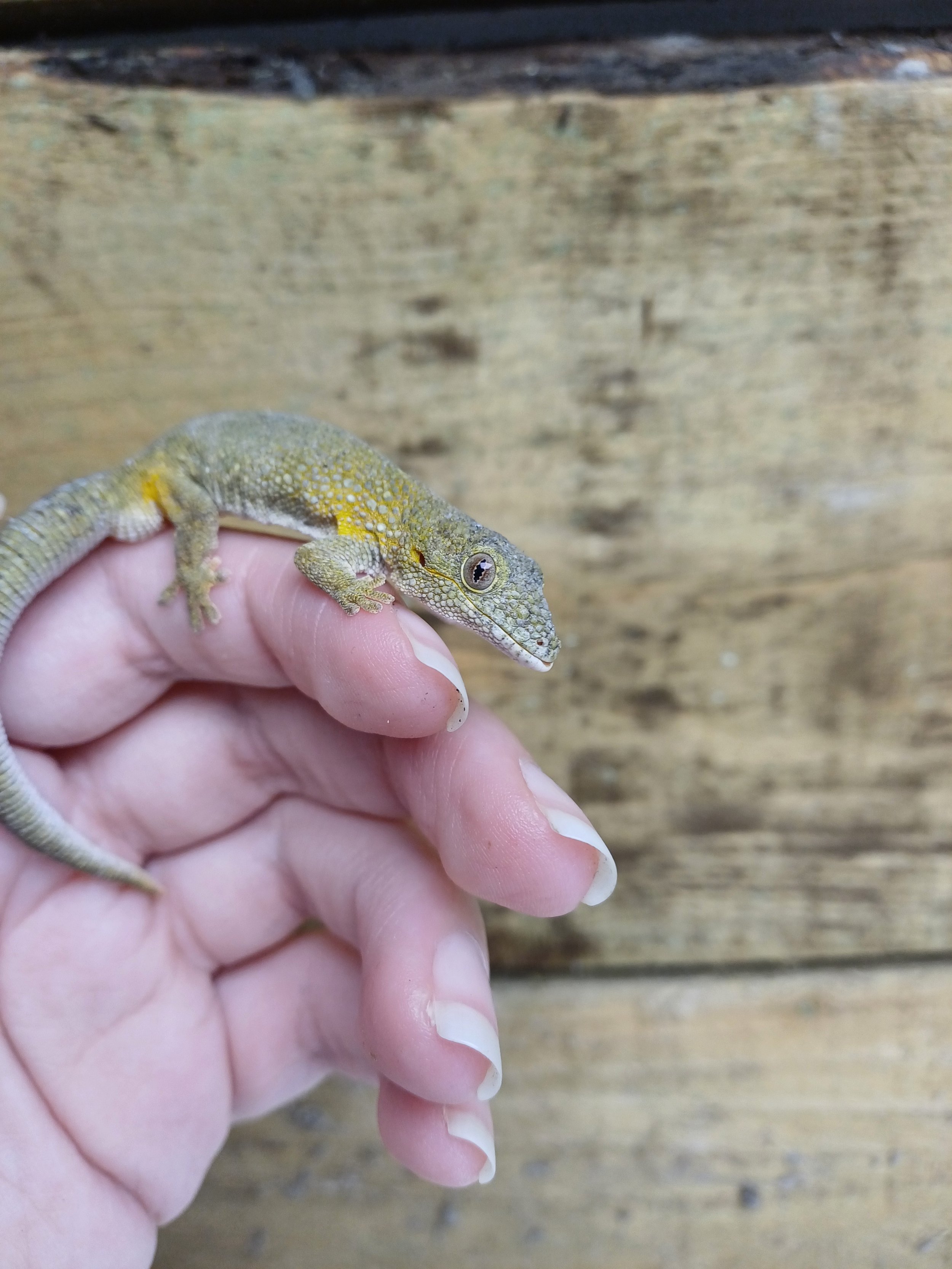 Image 1 of 4
Image 1 of 4

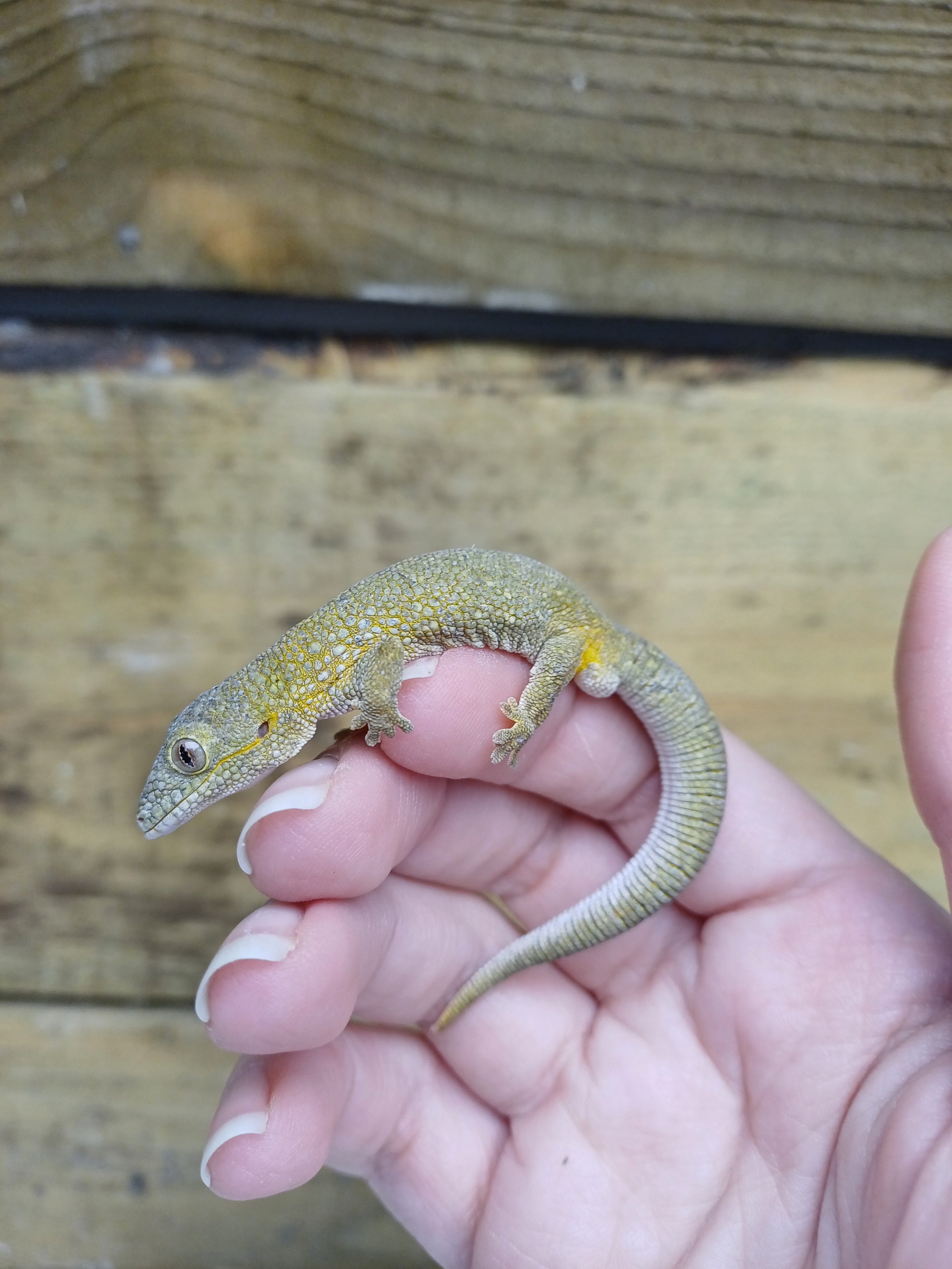 Image 2 of 4
Image 2 of 4

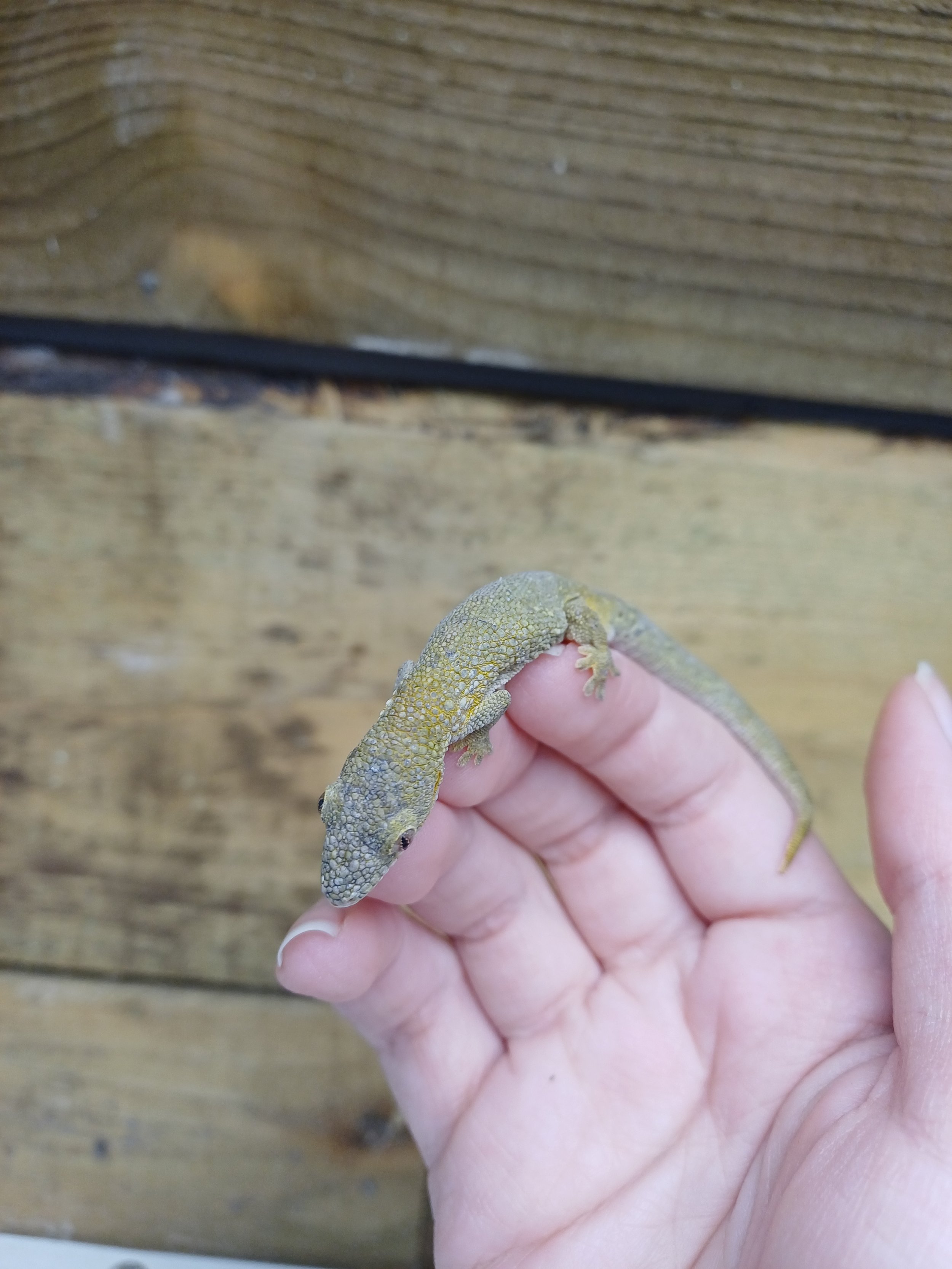 Image 3 of 4
Image 3 of 4

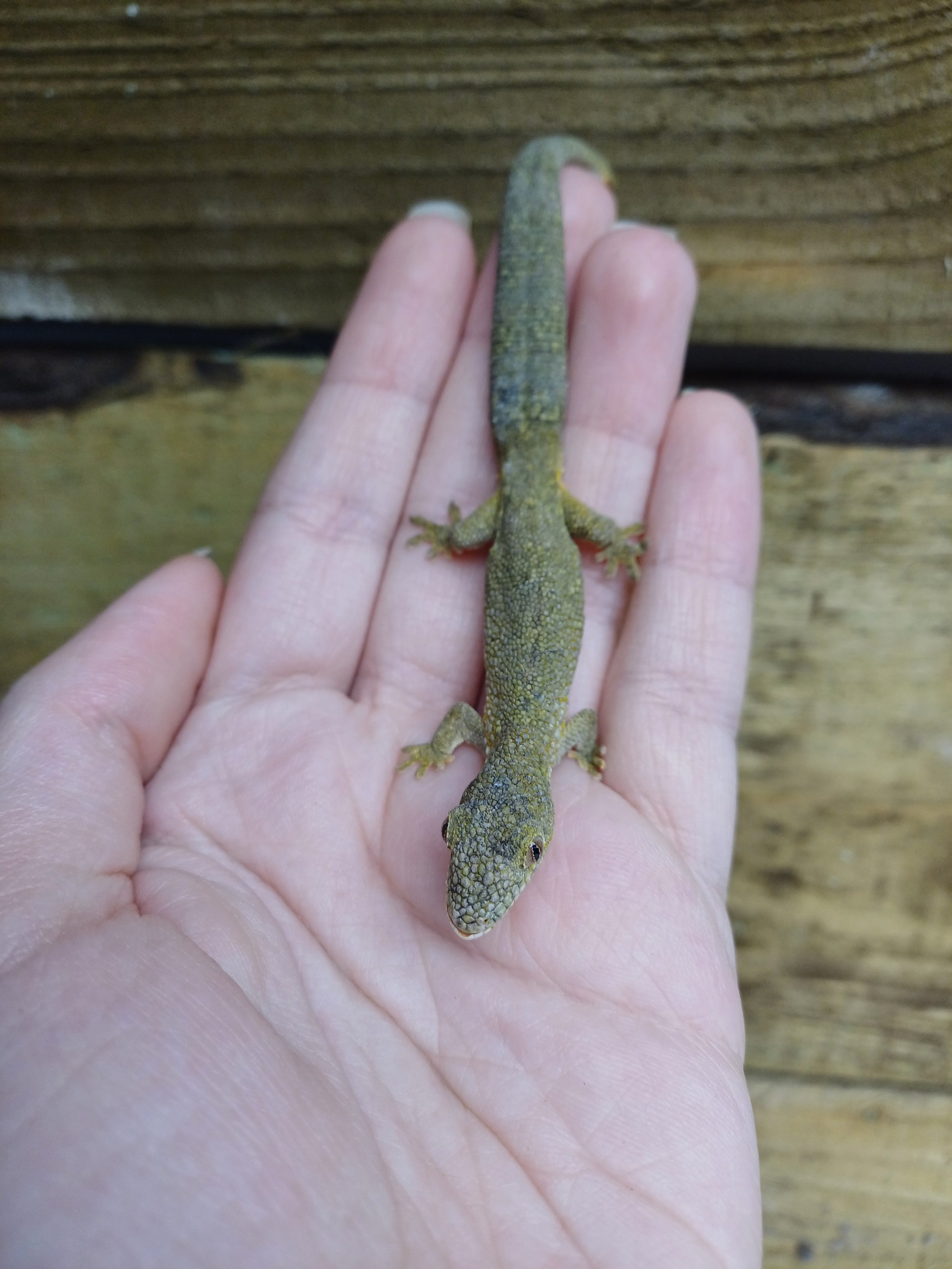 Image 4 of 4
Image 4 of 4





Male Bauer’s Chameleon Gecko For Sale
Photos taken October 2024
Available at : Moss End
Hatch date: CB22
Sex: Male
This individual has a slight underbite, however it doesn’t seem to affect him in any way.
A great smaller species of gecko. They get to approximately 5 inches snout to tail tip! They are also surprisingly handleable for their size, unlike other dwarf gecko species.
Happy to live in communal groups requiring a minimum tank size of 30cm x 30cm x 45cm with more space required for bigger groups. Relatively cooler hot spot temperatures of around 23-27*C make heatmats a viable option for their set up, although overhead heating provides a more natural heat distribution. UVB is optional but recommended for this species, if not using UVB additional D3 supplement will need to be provided in their diet.
Photos taken October 2024
Available at : Moss End
Hatch date: CB22
Sex: Male
This individual has a slight underbite, however it doesn’t seem to affect him in any way.
A great smaller species of gecko. They get to approximately 5 inches snout to tail tip! They are also surprisingly handleable for their size, unlike other dwarf gecko species.
Happy to live in communal groups requiring a minimum tank size of 30cm x 30cm x 45cm with more space required for bigger groups. Relatively cooler hot spot temperatures of around 23-27*C make heatmats a viable option for their set up, although overhead heating provides a more natural heat distribution. UVB is optional but recommended for this species, if not using UVB additional D3 supplement will need to be provided in their diet.
Photos taken October 2024
Available at : Moss End
Hatch date: CB22
Sex: Male
This individual has a slight underbite, however it doesn’t seem to affect him in any way.
A great smaller species of gecko. They get to approximately 5 inches snout to tail tip! They are also surprisingly handleable for their size, unlike other dwarf gecko species.
Happy to live in communal groups requiring a minimum tank size of 30cm x 30cm x 45cm with more space required for bigger groups. Relatively cooler hot spot temperatures of around 23-27*C make heatmats a viable option for their set up, although overhead heating provides a more natural heat distribution. UVB is optional but recommended for this species, if not using UVB additional D3 supplement will need to be provided in their diet.




